History Book Clubs are a fantastic way to get your students reading and engaging with history!
Do you love teaching history?
Do you try to integrate history into your reading block?
If yes, I have a stellar idea for you!
I started using Literature Circles during my reading block several years ago.
My circles worked well and helped to give my students some ownership in their reading. As a plus, students were discussing what they’d read and I noticed they were digging deeper into their books.
One Saturday morning, I was at a Scholastic Warehouse Sale and I discovered a full shelf of history-based fiction and nonfiction books.
I bought as many small group sets as I could afford and took them back to my classroom, super excited about my find.
I couldn’t believe I’d never thought of making my Literature Circles into History Book Clubs.
My History Book Clubs allow me to integrate social studies and reading in a powerful way.
In addition to sharpening their reading skills, my students are internalizing and discussing history.
Types of Books
I vary the length of the books I use in my History Book Clubs.
There are amazing chapter books that I include but I also like to throw in smaller books so that we can have some shorter book club cycles too.
I think historical fiction and nonfiction are both valuable for my students, so I include both.
Preparing for History Book Clubs
Your book clubs will require some effort and planning up front. Before long, however, students will run book clubs themselves.
These are the steps I use to get ready for my History Book Clubs:
First, I choose the books for the upcoming cycle.
I am careful to pick a variety of books that will appeal to both boys and girls, high readers and low readers. Also, I make sure that the books can be completed at roughly the same time.
Mixing historical periods is perfectly fine with me. For example, one of my book club cycles might include a book about the wooly mammoth, one about Ancient Egypt, one about the American Revolution, and one about the Roaring 20’s.
I absolutely teach my social studies curriculum chronologically but I like that a variety of topics are available during book clubs because my students’ interests and background knowledge vary.
Choose the number of books that will allow you to make groups of 4-5. In my classroom, 4 students seems to be the perfect number of students per group but please use your best judgement.
Launching Your History Book Clubs
First, teach the book club roles. You don’t want it to be a free for all when students meet in discussion groups. They will quickly get off-topic, trust me!
Ensuring that each student has a role during book club will eliminate chaos and increase students’ ownership and investment in their books.
The following image will show you the name and requirements attached to each book club role:
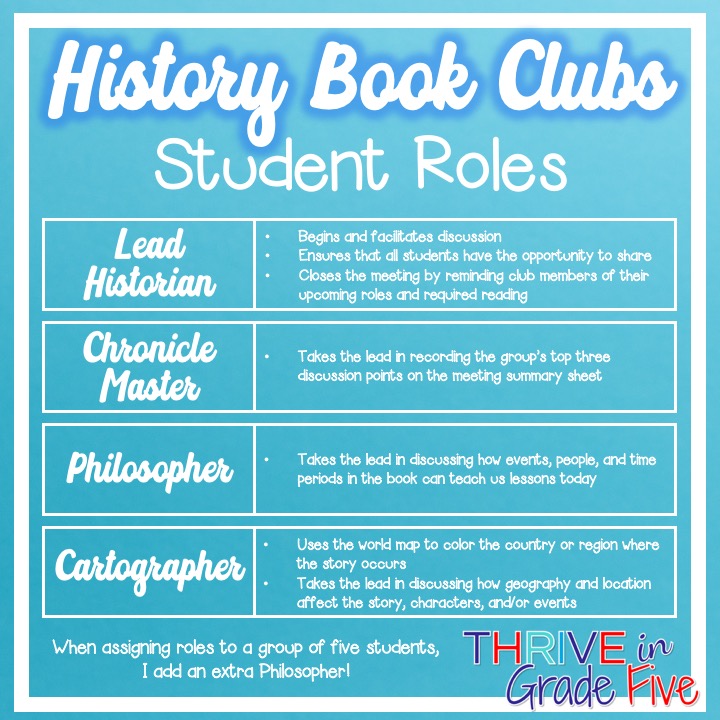
Second, introduce the books to students and ask them to rate the books.
I like to use “book commercials” to show students what each book looks like and share a snippet of what it’s about.
Once students have learned about each book, I ask them to rate the books from 1 to 5 or 1 to 6 (the number of books you are using).
I tell my students to do their ratings privately and not share their ratings with others. Friends will try to group up and get the same book even though they may not be truly interested in that particular book.
Third, I assign the books.
Once you’ve received all of the ratings charts back, sit down with a couple chocolates and assign kids to book clubs.
I make a box for each book and then arrange students into groups while considering their top choices, who doesn’t work well together, and the reading ability of each student.
Yes, it’s tricky and you have to think hard but the enjoyment and historical insights your students will walk away with make history book clubs totally worth the fuss.
Managing History Book Clubs
You’ve chosen books, assigned groups, and taught students their roles. Now it’s time to launch your History Book Clubs!
The First Group Meeting
I provide a calendar marked with the cycle’s starting date, end date, and group meeting dates.
Students work with their groups to create a reading assignment calendar. I’ve found that putting the responsibility on students to create their own due dates helps them to be more invested in their reading and hold their group mates accountable as well.
Subsequent Group Meetings
While students are meeting in their discussion groups, I monitor and jump in to remind them of roles and classroom procedures when necessary but I usually don’t have a problem.
Even my more difficult students enjoy book clubs and want to be accepted by their teams.
I give students 20-25 minutes for each group meeting. If I allow too much time, they start to chit chat and mess around.
When there are ten minutes left, I announce a time warning and remind groups to fill in their meeting summary sheets.
Evaluating and Grading History Book Clubs
I know grading is important but I don’t like to traditionally grade my book clubs. I’d call it more of a participation/creativity/effort grade.
If students have completed the required reading, participated in their meetings, and fulfilled their club roles, then they get full credit.
Assigning grades this way makes less work for me and takes some pressure off students.
I walk around with a clipboard and observation sheet to makes notes of each group’s performance and interactions.
I do include the final book evaluations in my students’ grades too.
History Book Clubs FAQs
Q: What should I do with students who haven’t completed their assigned reading by the time book clubs are beginning?
A: These students are not allowed to join their book clubs for the day. They must sit in an isolated area of the classroom and read the parts of the book that they were missing. Also, their participation grade for the activity is reduced.
Q: How should I handle book checkout?
A: Every classroom of students has a different dynamic. With some of my classes, I allow them to take books home and they bring them back with no issues. With other classes, I’ve required students to keep their books at school and read them when finishing an assignment early or during free reading time. If a students loses or destroys a book, he/she will need to either pay for a new copy or provide a new copy. He/She will not be allowed to take my books from the classroom until the obligation is cleared.
Q: How do I accommodate special education students during book clubs?
A: I want my special education students to be as involved as possible during book clubs because whether they are able to read the text or not, they will pick up a lot of information from the club discussions. When considering book club roles, I allow special education students to perform each role, but often with a buddy’s support. If the student’s parents are involved, talk with the parent about reading the book aloud to the student at home. Be sure to provide the family with a calendar so they know the reading assignments and dates.
Q: How do I handle students with difficult behavior?
A: I treat my book clubs and talk about them as if they are a privilege. Most of the time, even poorly-behaved students are just fine because they want to be part of the group. When acting out, I give one warning and if the student continues his/her disruptive behavior, he/she is pulled from the group. That student will now be required to do the summary sheet on his/her own without the benefit of the discussion and help from the group. I don’t want students to think they can avoid an activity by acting out, so I require them to do the same exact work, just in a less fun, less social way.
A Few of My Favorite History Book Club Books
Need a History Book Clubs Starter Pack?
This resource contains all of the ready-to-print pages you’ll need to launch history book clubs in your classroom. Don’t recreate the wheel! It’s all here for you. 🙂

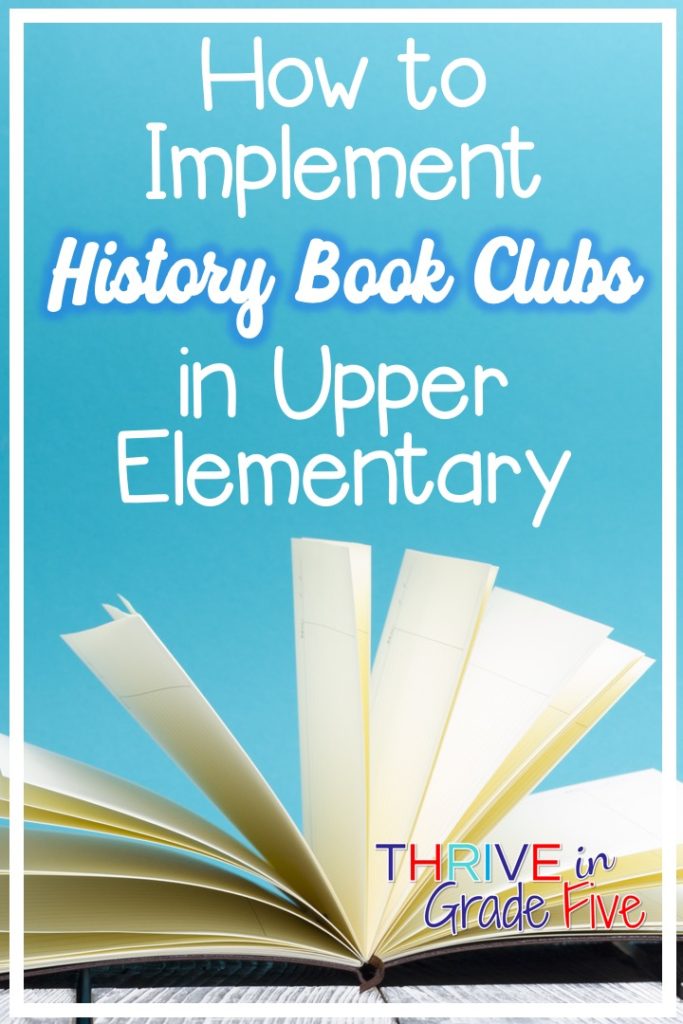

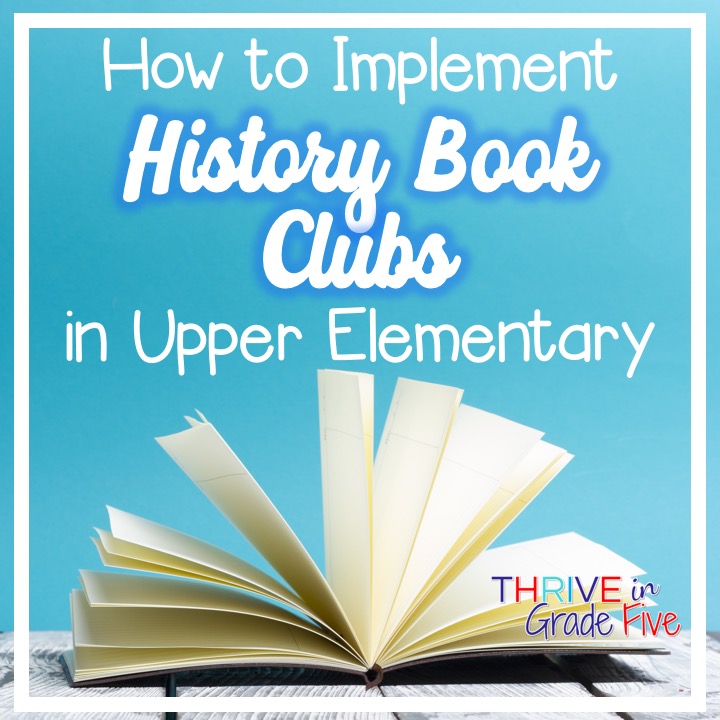



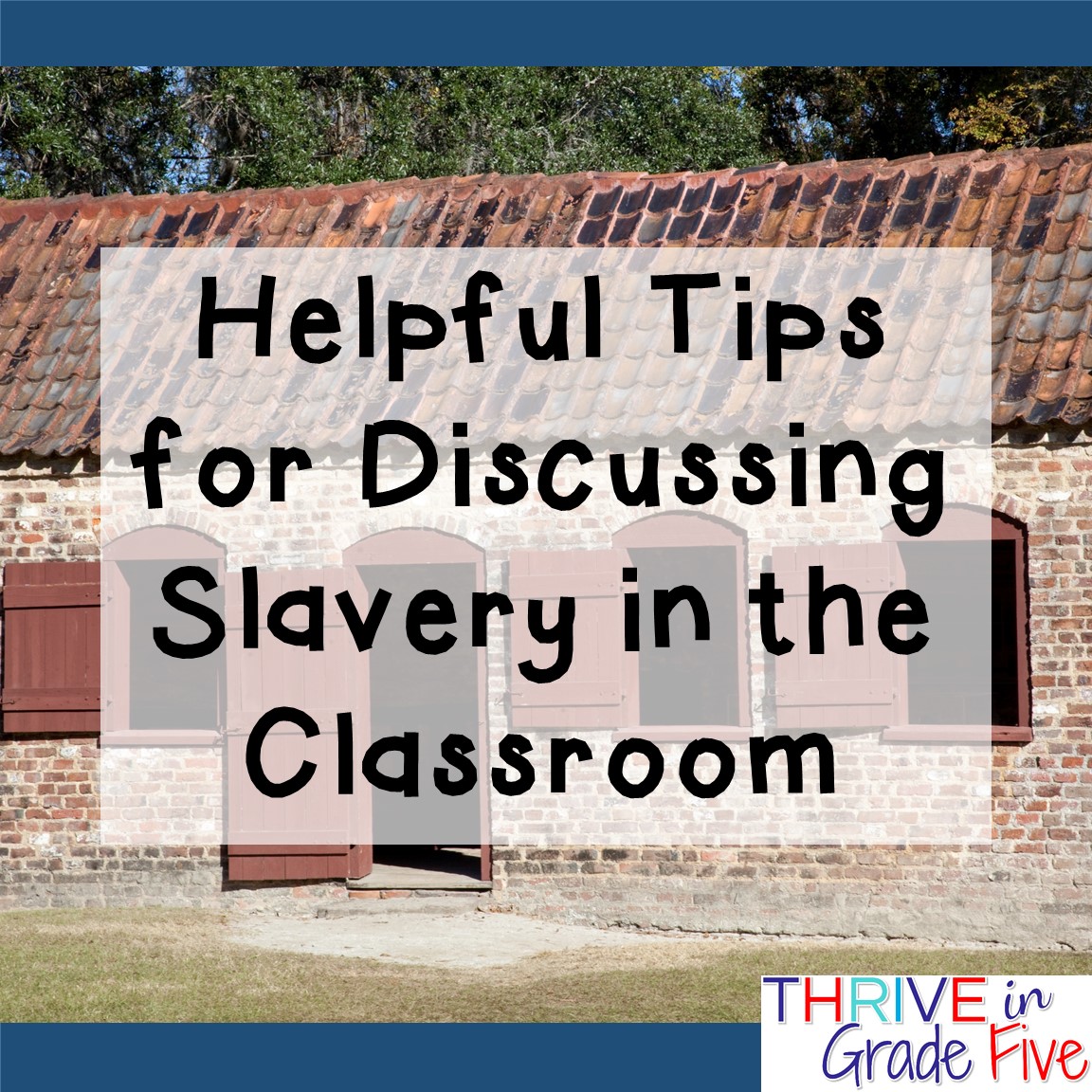
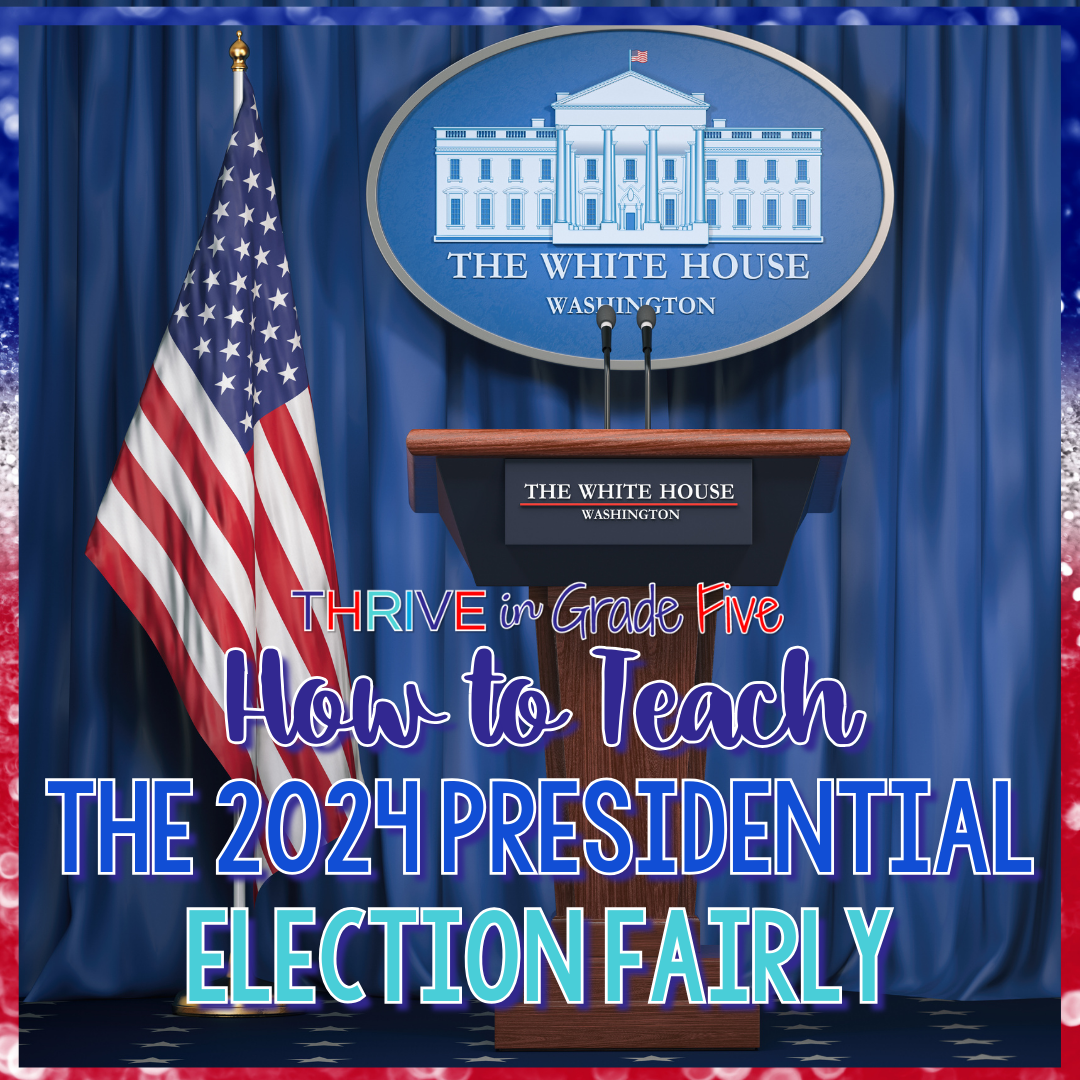

One Comment